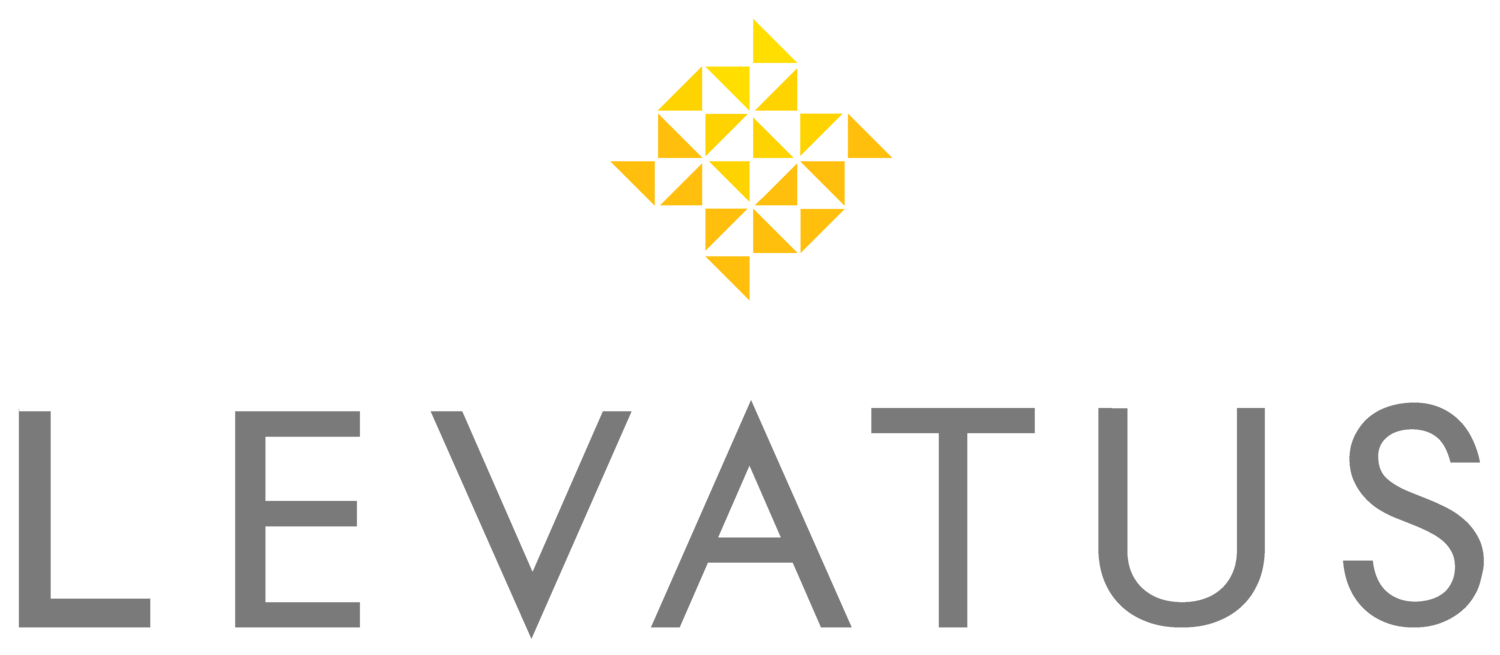LEVATUS Perspective | New Tax Proposal Not a Repeat, But It Rhymes
Highlights of the most recent tax proposal have a familiar focus, but key elements create a somewhat different planning backdrop.
Photo by Patrick Tomasso
Since this article was published in late October, the tax framework included within the Build Back Better bill has shifted once again. Click here for an annotated version of the article that highlights significant changes to the proposal.
CLICK ABOVE FOR UPDATED VERSION
October 2021
Over the past year a slew of potential tax and spending measures have emerged from Washington. Almost all have failed to reach escape velocity. This week a new ‘Build Back Better’ spending and tax framework was floated. It included a pared back list of spending and tax objectives, with some significant differences from previous versions.
Key differences and similarities in revenue raising elements of the proposal:
· The bill still targets the wealthy to raise most of the new revenue
· The plan would levy a tax surcharge on those making over US $ 10 million
· The plan would not levy an unrealized capital gains tax on billionaires
· The framework does not raise the top 37% income tax rate (except via surcharge on those making over US $ 10 million)
· The new bill does not raise the 20% top federal dividend and capital gains rate (except on those subject to the proposed surcharge)
· The new plan would not impose new required distributions from big retirement accounts
· The framework does not appear to create any changes to existing rules around ROTH conversions
· The new plan would not alter rules around estate taxes and trusts (although some of these rules will change when existing legislation sunsets in 2025)
· The new tax structure would apply to taxable years beginning in December 2021 (not retroactive as in previous proposals)
The proposed tax surcharge on people making over US $10 million would impact 22,112 taxpayers, according to IRS records. The proposal includes a 5% surtax on modified adjusted gross income of more than US $10 million, and an additional 3% on income of more than US $25 million. This would mean that the highest earners pay a top 45% federal marginal income tax rate on wages and business income, versus the current 37% rate. They would also pay a 28% top federal rate on long-term capital gains and dividends, plus the existing 3.8% net investment income tax.
This tax surcharge framework would be applied based on modified adjusted gross income, and not taxable income, meaning that the tax is calculated before charitable deductions and other tax breaks. The net result, more taxpayers will be impacted.
While it is still unclear whether this new proposal will get over the finish line, it is clearly a less aggressive framework than previous versions.
TAX, ESTATE, INVESTMENT
Distilling complex topics down to their essence is a hallmark of the LEVATUS approach.
ABOUT THE AUTHOR
Susan Dahl is an executive, female leader and dedicated client advisor with over twenty-five years of experience in financial services. Susan writes on topics such as investing, strategy and planning, and is known for her cutting edge work on financial service design that thoughtfully brings together modern finance and scientific research on quality of life. A deep and diverse background that extends from global investing to risk management to process development and planning, has laid the groundwork for an approach that asks more of wealth. She shares some her most recent work in a talk for TEDx, Can Happy Make You Money?












August 2024 started with a swift drawdown in markets. As with many such corrections, a major contributor was leverage.